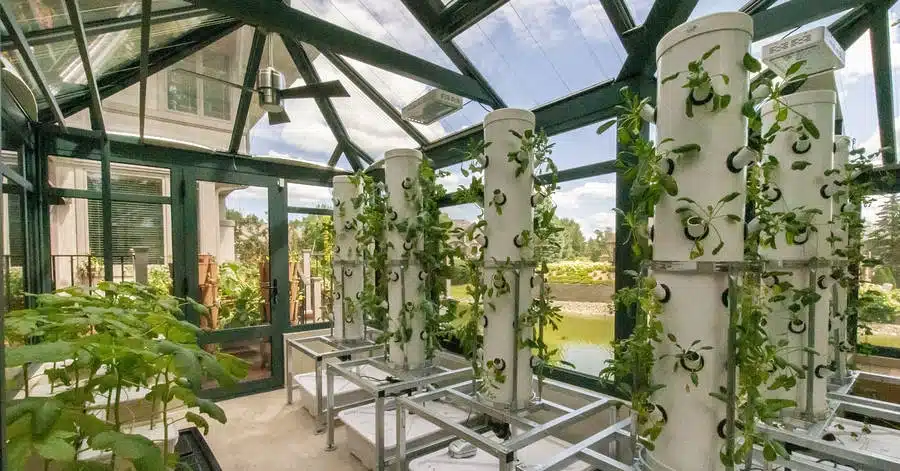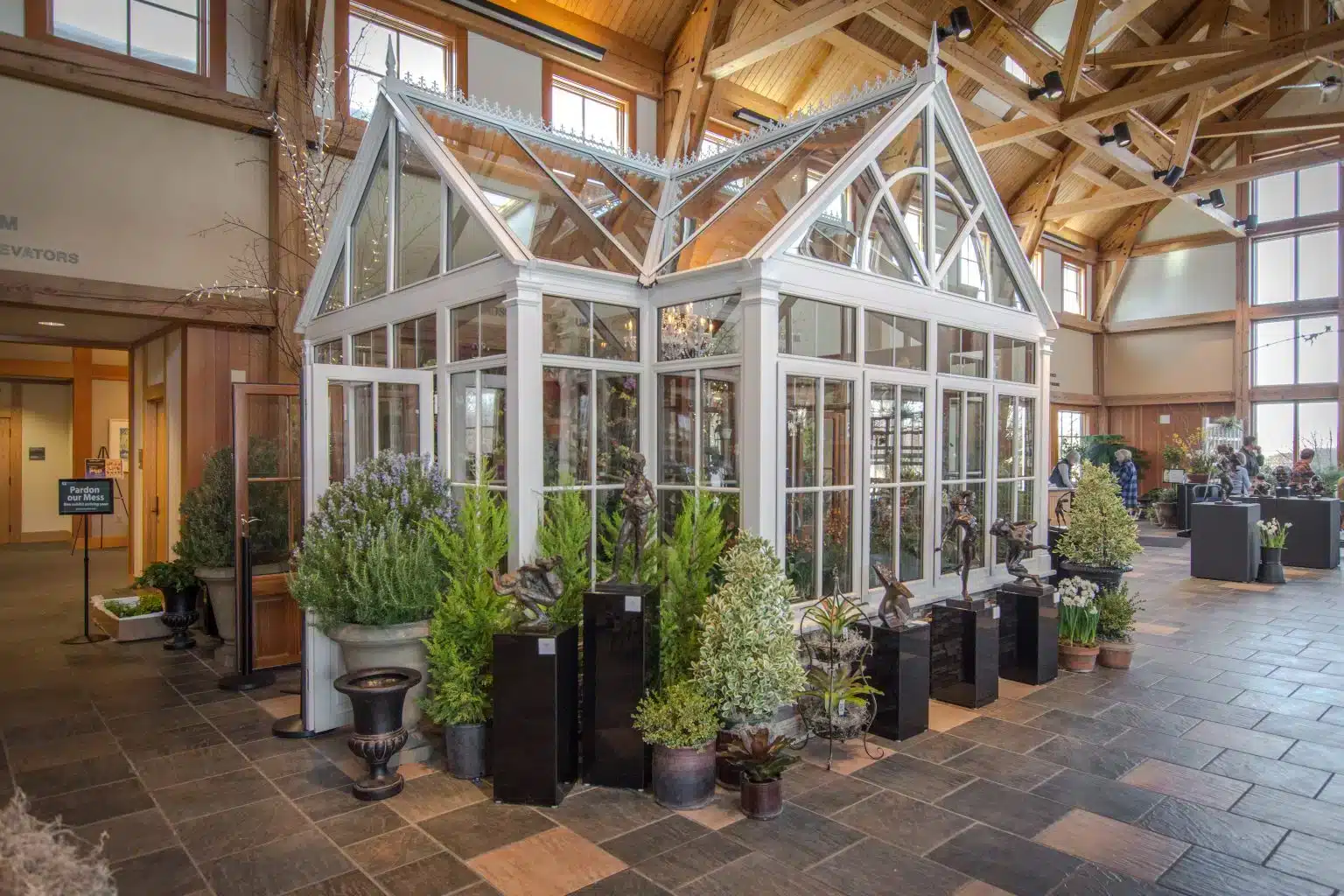State Guide: Buying Greenhouses in Minnesota
Are you looking for greenhouses for sale in Minnesota? Read on before making your purchase.
Minnesota Climate Overview
Winters
Minnesota’s winters are extremely cold, with heavy snowfall and frequent subzero temperatures. Snowfall averages between 35 and 70 inches annually, and blizzards or ice storms often impact outdoor plants.
Summers
While summers are warm, they are short, with highs ranging from 70°F to 80°F. The growing season is also disrupted by sudden heatwaves or severe storms.
Precipitation
Precipitation levels vary between 20–35 inches annually, peaking in spring and fall. Snowmelt and heavy rains during these times can cause flooding in low-lying areas.
Growing Season
The frost-free growing season spans 120–150 days depending on the region. Without greenhouse protection, crop variety and yield are significantly limited.
Challenges of Growing in Minnesota
Short Seasons
Frost-free periods restrict the planting of many crops. Late spring frosts can kill early plants, while early autumn frosts end the season abruptly.
Severe Winters
Heavy snow and freezing temperatures damage exposed crops. Ice storms can destroy delicate plants and overwhelm infrastructure.
Erratic Weather
Rapid temperature swings harm soil stability and plant growth. Unpredictable weather patterns increase the risk of pest infestations and diseases.

Benefits of Greenhouses in Minnesota
- Extending the growing season into winter or enabling year-round cultivation.
- Protecting plants from frost, snow, hail, and high winds.
- Creating a controlled environment for optimal temperature, humidity, and light levels.
- Supporting the cultivation of heat-loving or exotic crops unsuited to Minnesota’s outdoor climate.
Best Greenhouse Designs for Minnesota

Permits & Policies for Minnesota Greenhouses
| Local Policies | Greenhouse Requirement |
|---|---|
| Agricultural Exemptions | Rural greenhouses used solely for farming may be exempt from permits. |
| Building Permits | Structures exceeding specific size thresholds require permits and certifications. |
| Zoning Laws | Urban areas like Minneapolis often impose stricter zoning regulations. |
| Energy Efficiency Standards | Municipalities encourage passive solar designs and energy-saving features. |
Greenhouse Solutions for Minnesota Farms
| Growth Challenges | Greenhouse Benefits |
|---|---|
| Short Growing Season | Extend harvests into late fall or winter with climate-controlled greenhouses. |
| Severe Weather | Protect crops from snowstorms, hail, and strong winds. |
| Temperature Swings | Create stable growing environments for temperature-sensitive crops. |
| Limited Crop Variety | Cultivate tropical fruits or heat-loving vegetables not suited to Minnesota’s climate. |
| Pest Risks | Shield plants from wildlife such as deer, rabbits, and rodents. |
Best Plants & Crops for Minnesota Greenhouses
| Plant Type | Best Species |
|---|---|
| Vegetables | Tomatoes, peppers, spinach, kale, cucumbers |
| Fruits | Strawberries, raspberries, dwarf citrus trees (with heating) |
| Herbs | Basil, parsley, cilantro, thyme |
| Flowers | Pansies, marigolds, petunias |
| Cold-Hardy Plants | Broccoli, cauliflower, Brussels sprouts |
| Specialty Crops | Cannabis harvesting (where permitted), exotic plants requiring controlled environments |
